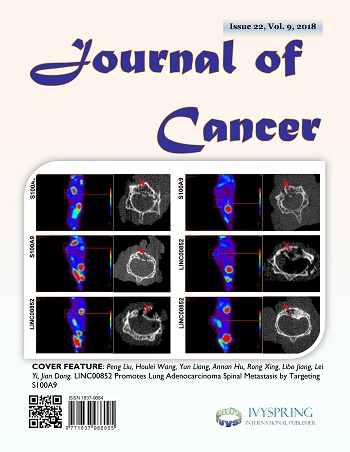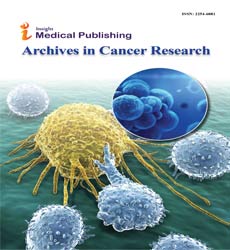
“Malignant melanoma is a complex malignancy with significant morbidity and mortality. The incidence continues to rise, and despite advances in treatment, the prognosis is poor. Thus, it is necessary to develop novel strategies to treat this aggressive cancer. Synthetic cannabinoids have been implicated in inhibiting cancer cell proliferation, reducing tumor growth, and reducing metastasis. We developed a unique study focusing on the effects of treatment with a cannabinoid derivative on malignant melanoma tumors in a murine model.
RESULTS:
A significant decrease in tumor size was detected in mice treated with CBD when compared with the control group (P = 0.01). The survival curve of melanoma tumors treated with CBD increased when compared with the control group and was statistically significant (P = 0.04). The growth curve and survival curve of melanoma tumors treated with Cisplatin were significantly decreased and increased, respectively, when compared with the control and CBD-treated groups. Mice treated with Cisplatin demonstrated the longest survival time, but the quality of life and movement of CBD-treated mice were observed to be better.
CONCLUSIONS:
We demonstrate a potential beneficial therapeutic effect of cannabinoids, which could influence the course of melanoma in a murine model. Increased survival and less tumorgenicity are novel findings that should guide research to better understand the mechanisms by which cannabinoids could be utilized as adjunctive treatment of cancer, specifically melanoma. Further studies are necessary to evaluate this potentially new and novel treatment of malignant melanoma.”
https://www.ncbi.nlm.nih.gov/pubmed/30691796
https://www.journalofsurgicalresearch.com/article/S0022-4804(18)30626-7/fulltext


 “As the legalization of medical cannabis continues across the USA, oncology care providers will be increasingly asked to provide recommendations regarding its use in the cancer setting.
“As the legalization of medical cannabis continues across the USA, oncology care providers will be increasingly asked to provide recommendations regarding its use in the cancer setting.




 “Night sweats significantly impact the quality of life for cancer patients and are often resistant to treatment.
“Night sweats significantly impact the quality of life for cancer patients and are often resistant to treatment.
 “Despite advances in glioblastoma (GBM) therapy, prognosis of the disease remains poor with a low survival rate.
“Despite advances in glioblastoma (GBM) therapy, prognosis of the disease remains poor with a low survival rate.















